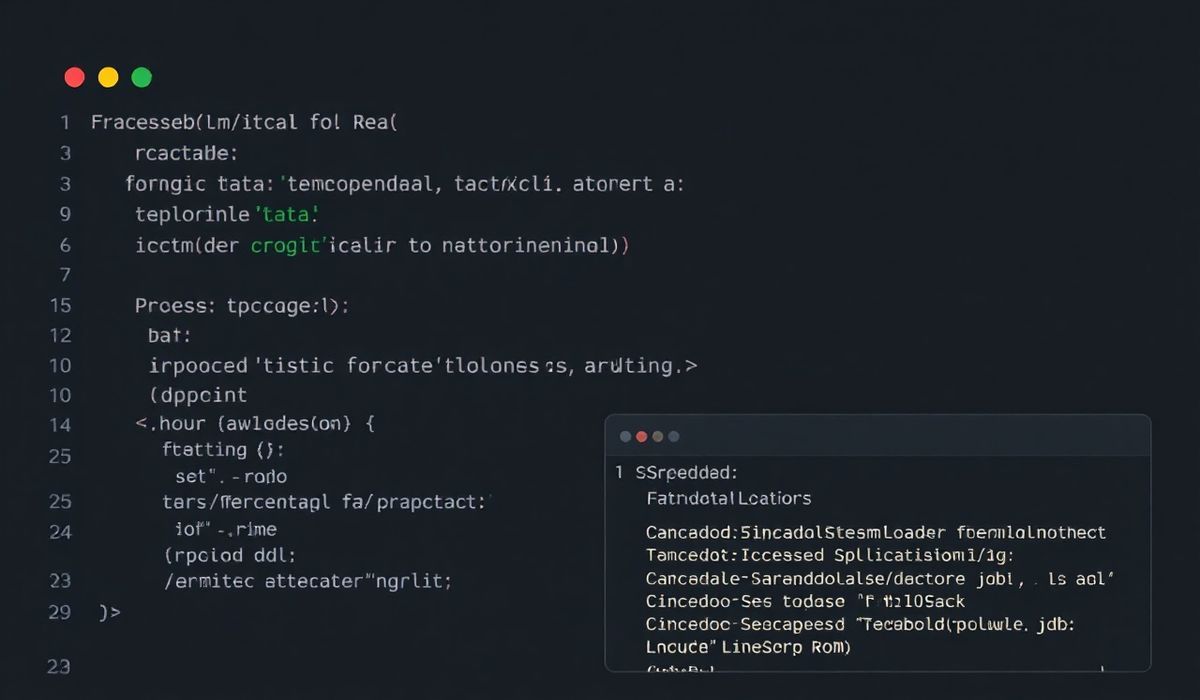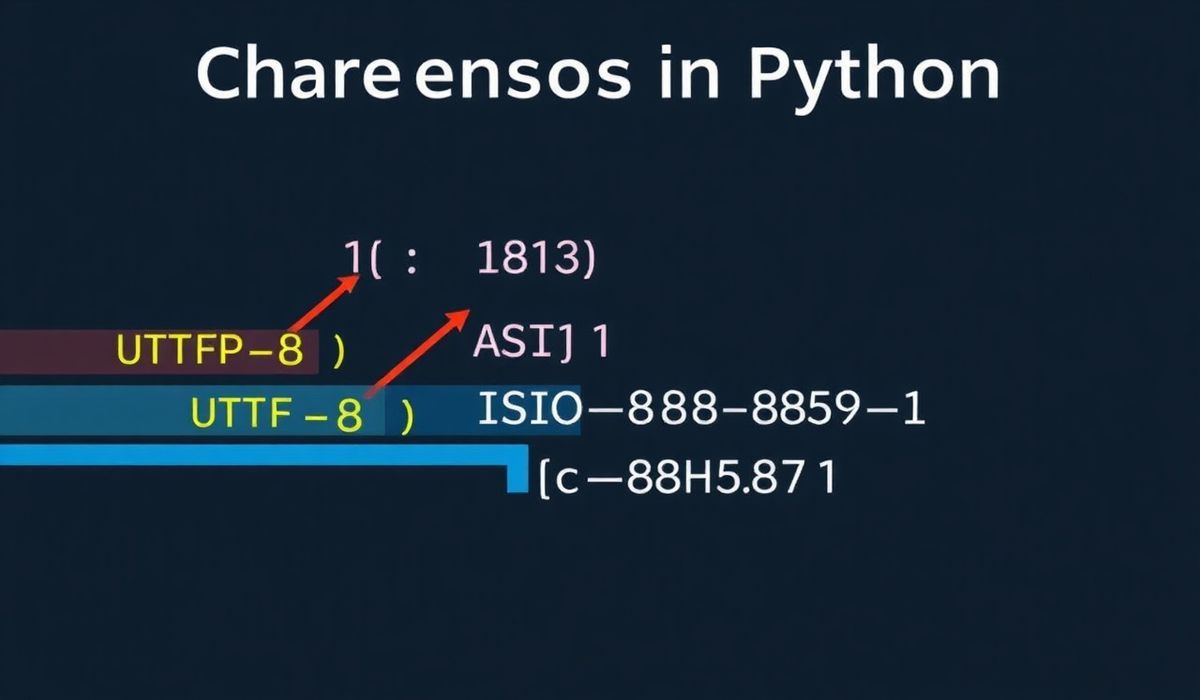Introduction to ItemLoaders in Web Scraping
When it comes to web scraping, data extraction often isn’t the hardest part; it’s properly organizing and cleaning the data. This is where itemloaders come into play. An essential tool for web scraping using Scrapy, itemloaders simplify the process of populating scraped data into structured items.
In this blog, we’ll dive deep into the functionality of itemloaders, explore dozens of useful APIs, and walk through a real-world example of building a scraping application with itemloaders. By the end of this guide, you’ll be equipped with the knowledge and skills to implement itemloaders in your own projects effectively.
What Are ItemLoaders?
Itemloaders, part of Scrapy, help you load and populate items efficiently. They let you apply multiple input and output processors to extracted fields dynamically. This enhances the quality and consistency of your scraped data.
Key APIs of ItemLoaders
Let’s break down some of the most useful itemloaders methods and attributes along with examples:
1. Initializing an ItemLoader
To start, you need to create an ItemLoader instance:
from scrapy.loader import ItemLoader from myproject.items import MyItem loader = ItemLoader(item=MyItem())
The item parameter can be omitted if you’re not initially working with an object.
2. Adding Values to Fields
To dynamically add values to specific fields of an item:
loader.add_value('title', 'Scrapy ItemLoaders Guide')
loader.add_value('tags', ['scraping', 'python', 'itemloaders'])
3. Extracting Values from a Selector or Response
loader.add_xpath('title', '//h1/text()')
loader.add_css('tags', 'div.tag::text')
4. Using Input and Output Processors
Define processors in your item class:
from scrapy.loader.processors import TakeFirst, Join, MapCompose
class MyItem(scrapy.Item):
title = scrapy.Field(input_processor=MapCompose(str.strip),
output_processor=TakeFirst())
tags = scrapy.Field(output_processor=Join(', '))
The input_processor manipulates raw input data, while the output_processor processes data before final storage.
5. Loading and Retrieving the Final Item
After adding values to your itemloader, don’t forget to fetch the final result:
item = loader.load_item()
6. Default Input and Output Processors
Assign default processors for the entire loader:
loader = ItemLoader(item=MyItem()) loader.default_input_processor = MapCompose(str.strip) loader.default_output_processor = TakeFirst()
7. Adding Predefined or Default Field Values
Avoid repeating yourself by predefining field values:
loader.add_value(None, {'field_default': 'N/A'})
Building a Web Scraping Application Using ItemLoaders
Here’s a practical example where we build a Scrapy spider to scrape blogs and collect structured data using itemloaders.
Setting Up the Spider
import scrapy
from scrapy.loader import ItemLoader
from myproject.items import BlogItem
class BlogSpider(scrapy.Spider):
name = 'blog_spider'
start_urls = ['https://example-blog.com']
def parse(self, response):
for article in response.css('div.article'):
loader = ItemLoader(item=BlogItem(), selector=article)
loader.add_css('title', 'h2.title::text')
loader.add_css('author', '.author-name::text')
loader.add_css('date', '.publish-date::text')
loader.add_css('tags', '.tags .tag::text', output_processor=Join(', '))
yield loader.load_item()
Defining the Item Class
import scrapy
from scrapy.loader.processors import TakeFirst, Join, MapCompose
class BlogItem(scrapy.Item):
title = scrapy.Field(output_processor=TakeFirst())
author = scrapy.Field(output_processor=TakeFirst())
date = scrapy.Field(output_processor=TakeFirst())
tags = scrapy.Field(output_processor=Join(', '))
Benefits of ItemLoaders
- Enhanced Data Consistency: Processors ensure uniform and clean data.
- Flexibility: Input and output processors provide dynamic control over data.
- Efficient Coding: Field-specific settings minimize repetitive logic.
Conclusion
ItemLoaders bridge the gap between raw data extraction and structured data storage, making the web scraping process more streamlined. By leveraging its powerful features, you can improve the quality and maintainability of your Scrapy projects. Try integrating them into your next project!




